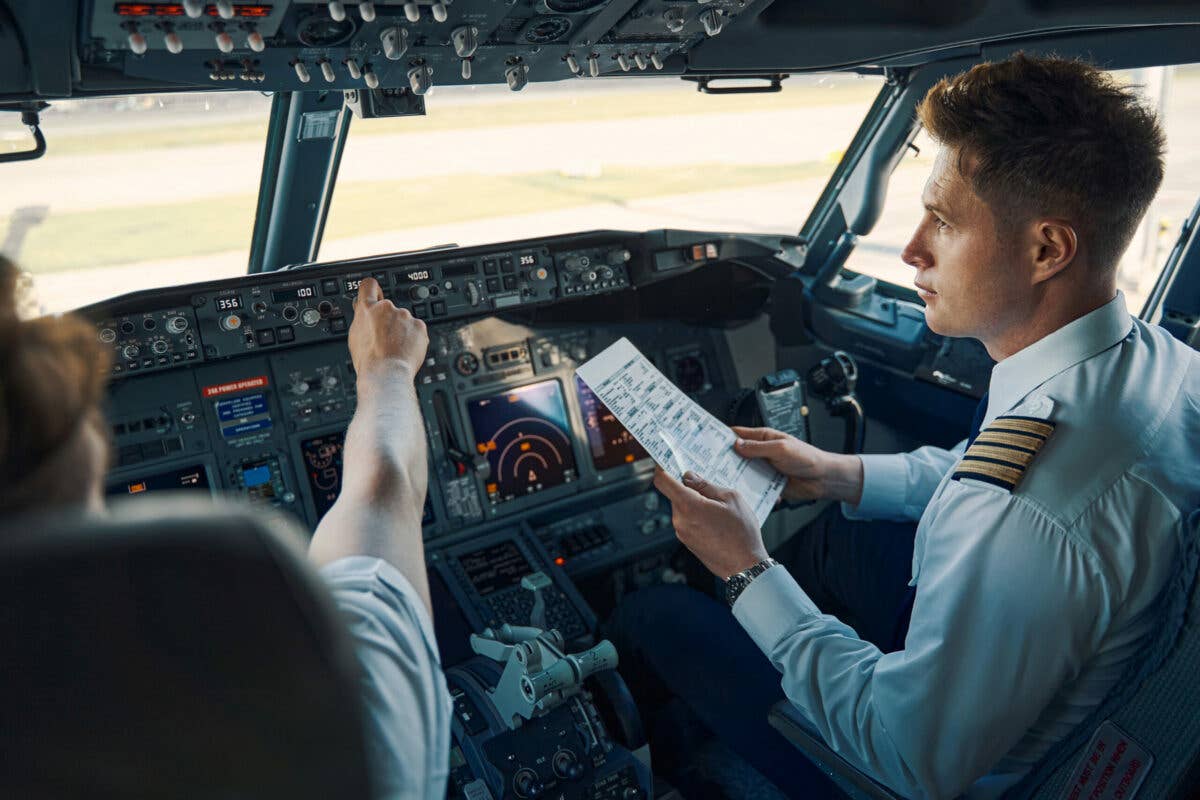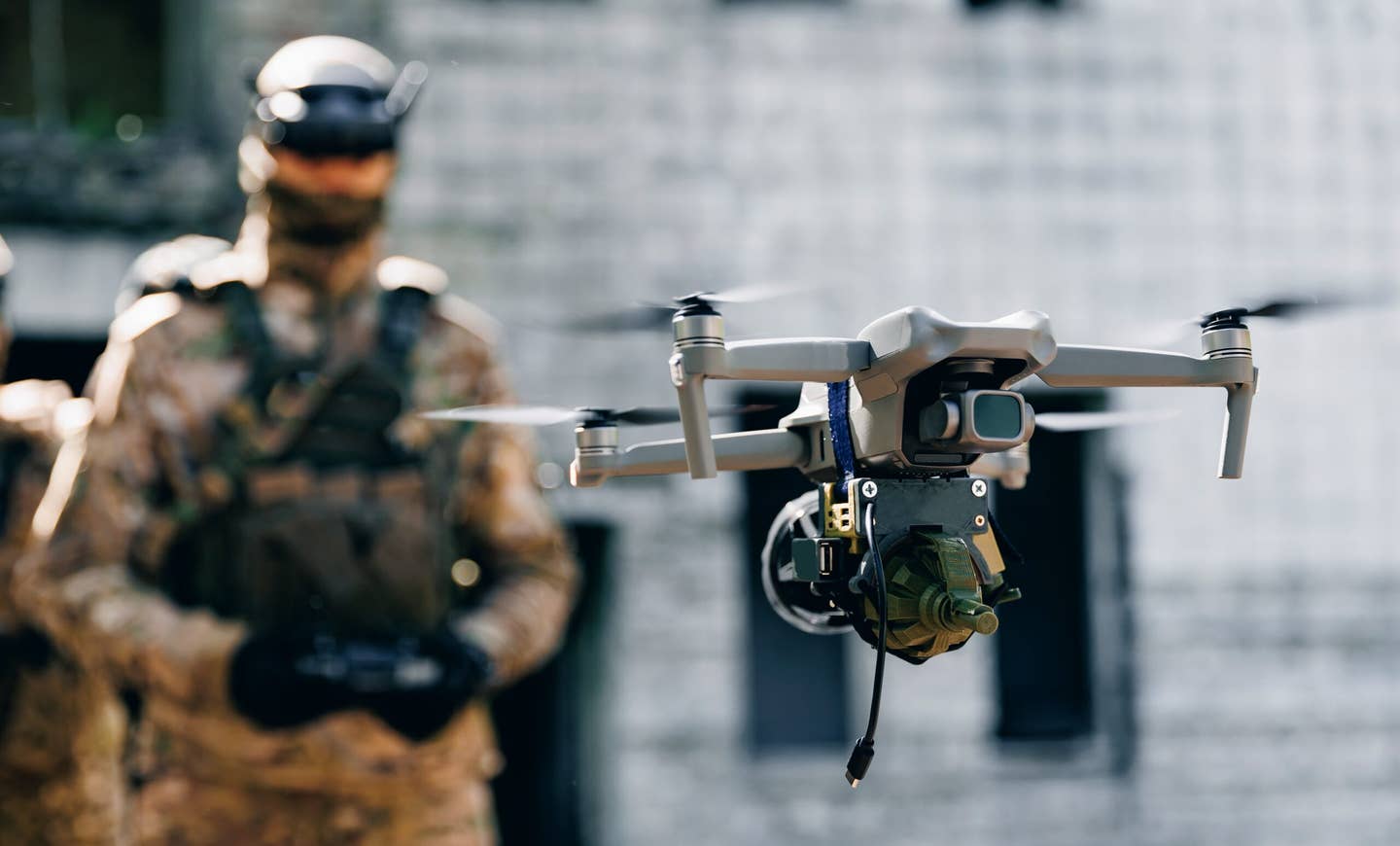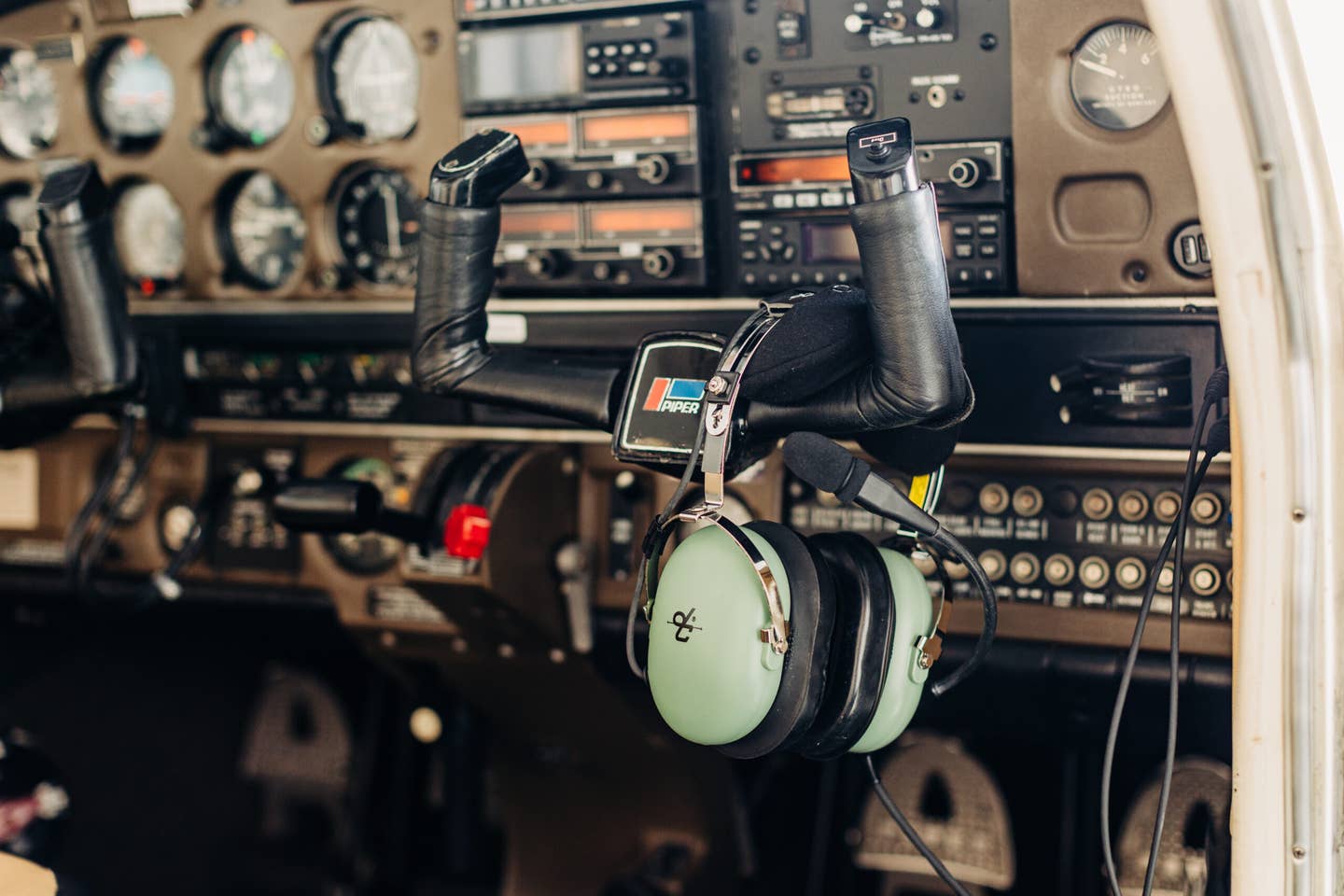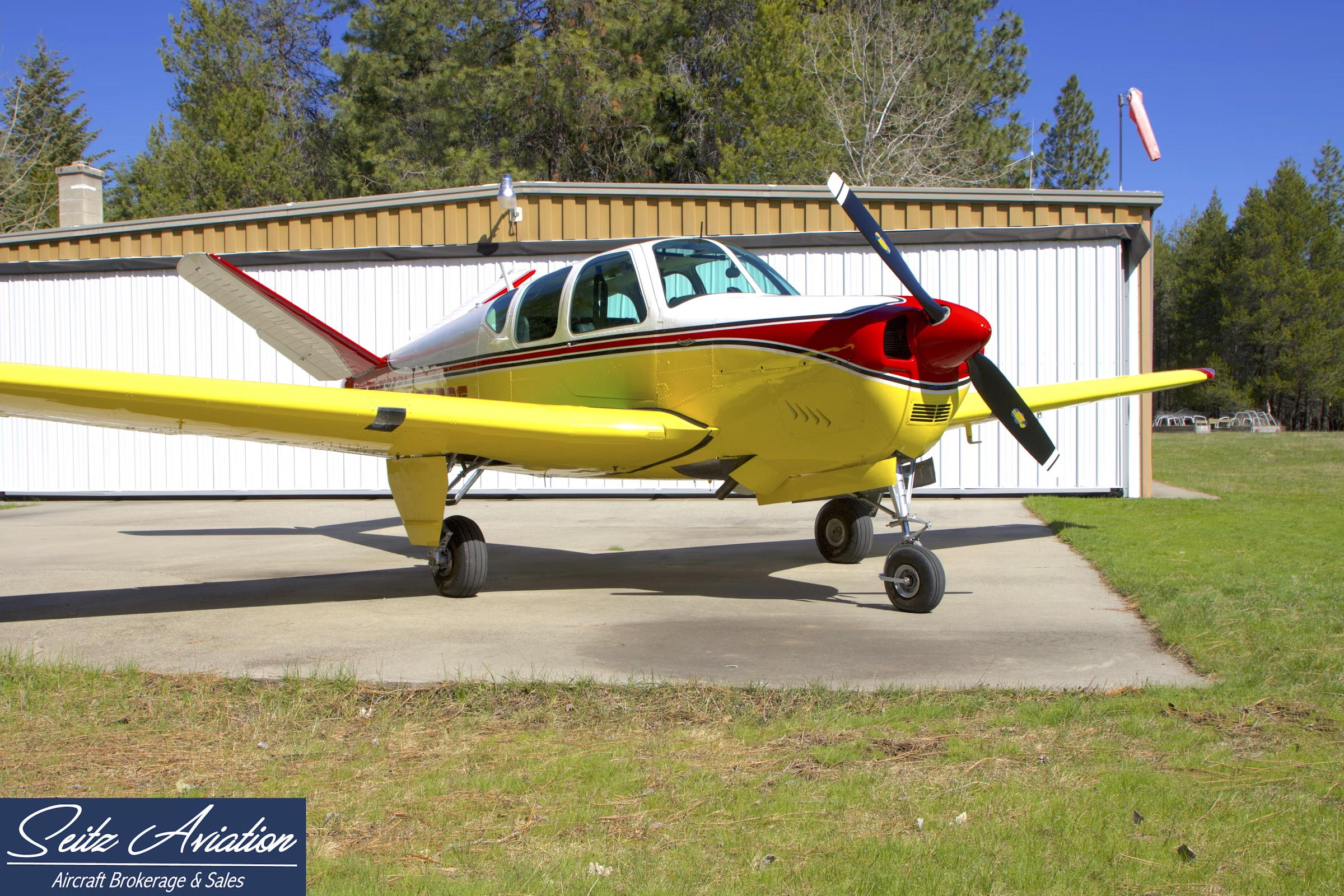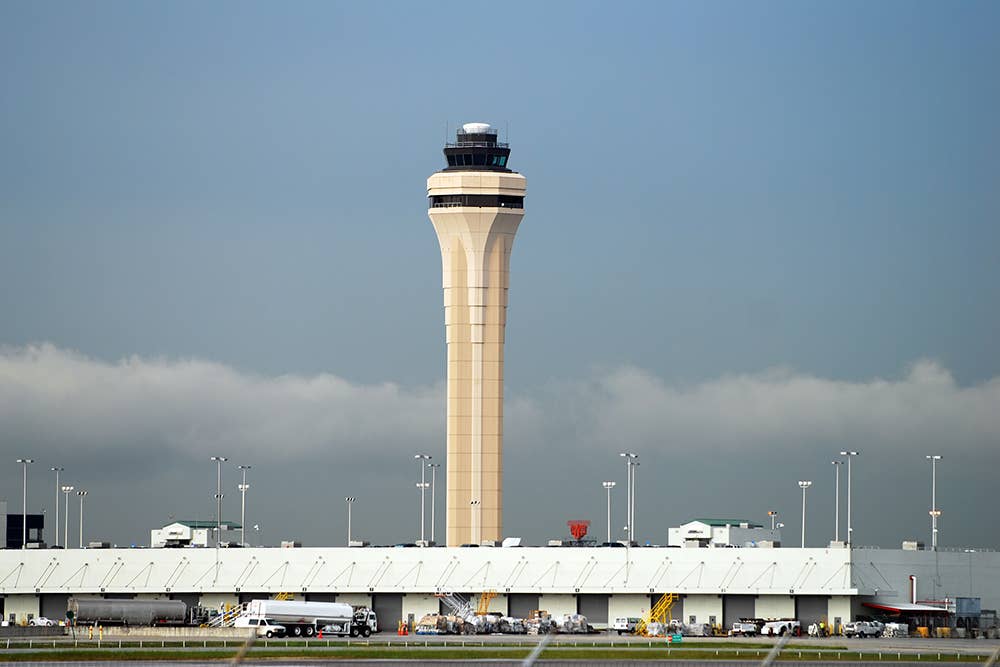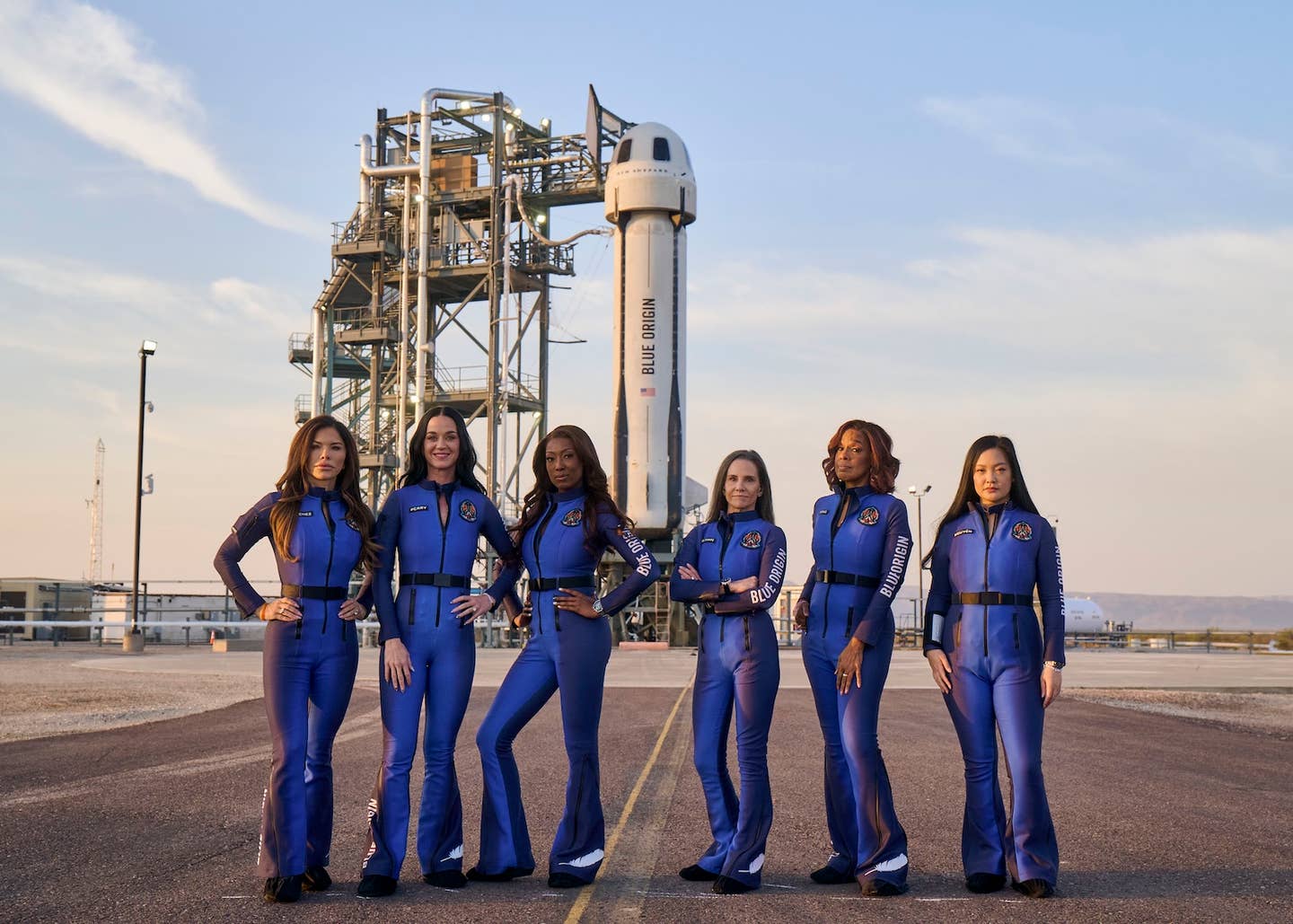Rotor Roundup: What’s on the Horizon for Helicopters and eVTOLs?
FLYING looks at the near future of both categories.
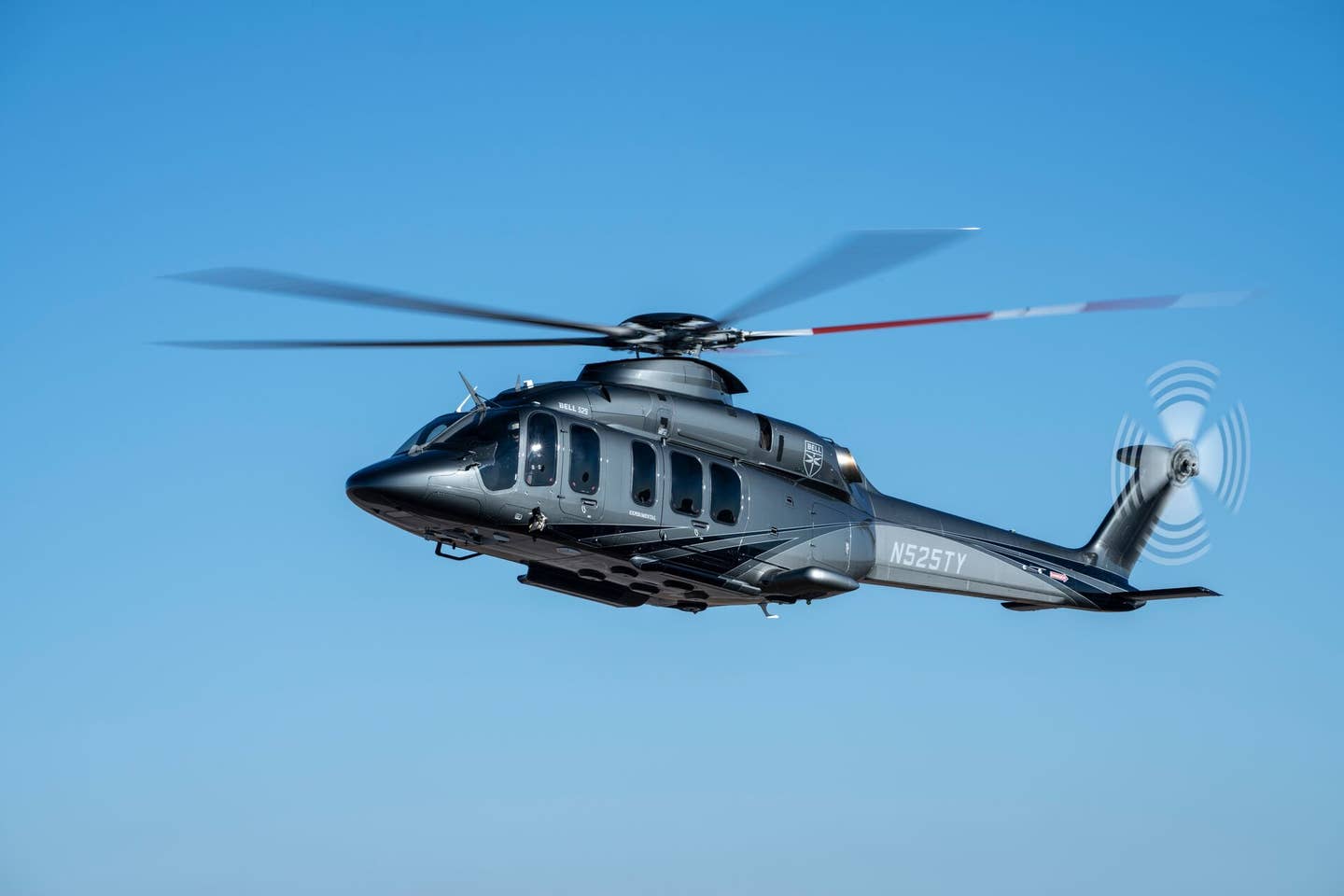
The Bell 525 (at right) proposes to bring the first fully
digital, fly-by-wire rotorcraft to the civil market. [Courtesy: Bell Helicopter]
The rotorcraft marker has always set itself apart within the general aviation industry, not only because of the different production requirements to develop and manufacture a helicopter versus a fixed-wing aircraft, but also because the category takes a different kind of training and operational environment to attain a commensurate level of safety.
FLYING took the opportunity to see what’s on the horizon in terms of both traditional helicopters and the red-hot powered-lift and eVTOL categories ahead of the Helicopter Association International’s HeliExpo in February at Anaheim, California.
If you're not already a subscriber, what are you waiting for? Subscribe today to get the issue as soon as it is released in either Print or Digital formats.
Subscribe NowBell 525
The Bell 525 (at right) proposes to bring the first fully digital, fly-by-wire rotorcraft to the civil market, and Bell Helicopter has been hard at work getting the program to the finish line down at its headquarters in Fort Worth, Texas.
So what does that mean? The FBW design logic on the 525 is different from an aftermarket add-on autoflight system such as the GFC 600H. In this case, Bell’s partnership with Garmin has translated to the G5000H flight deck.
Tim Evans, business development manager on the 525 program, gave FLYING a special update ahead of Heli-Expo.
“Broadly speaking, flight testing is continuing very nicely, with the good relationship we have with the FAA,” said Evans. “Last year, we were able to complete nine TIAs towards certification, and by the end of February, we should have only five events left. Two of them we’re already into, and the other two [should be complete] by midyear.”
At that point, all of the delegated activities that Bell is responsible for will be finished—and the team will turn things over to the FAA. From there, functional and reliability testing is the last milestone to cross, with 150 hours of flying with the FAA, putting the 525 through its operational paces.
As with similar Textron Aviation aircraft programs, Bell engaged its Customer Advisory Board, which gave a clear message.
“The overwhelming response?” said Evans. “It’s automation that will bring a level of safety seen commensurately on the fixed wing side—the redundancy will be game-changing to how the civil market functions.”
According to Bell, the 525 will deliver what the customer feedback told it was needed: “When you pull it into a hover and get to 20 to 30 feet—with no pedals—it will hold that attitude, essentially hands off.”
Pilots can also turn into an angle of bank, with no pedal inputs, and the 525 will do a full 360 at the input bank angle.
“The control laws are able to anticipate and calculate the pilots’ inputs,” said Evans, noting that the 525 also benefits from a level of redundancy not seen before in this class of rotorcraft. “We’re shaping some of the requirements in Part 29, so the FAA required a triple redundancy—three computers, three hydraulic [systems]—so [it’s] a safer aircraft at a foundational level.”
Several markets that Bell shaped the 525 for include offshore, VIP/head of state, and SAR/parapublic/Coast Guard—so Bell built certain provisioning into the airframe itself, though kitting will take care of the details. Bell has multiple launch customers and is in active negotiations, though it can’t say yet who those first deliveries will go to.
In closing our briefing, Evans also wanted to highlight the green side of the design.
“If you compare the 525 to others in the medium space, it’s going to be 30 percent more efficient than a [Sikorsky] S-92. That’s one we’re pretty proud of. We’ve also flown it on SAF fuel, a 30 percent blend, but capable of up to 100 percent.”
Leonardo AW09 and AW609
Two projects from Leonardo Helicopters have also been winding their way through the certification process along the European Union Aviation Safety Agency (EASA) track—the modern-yet-standard AW09 helicopter and the AW609 tiltrotor design.
The single-engine AW09 was originally developed by Kopter Group, a company acquired by Leonardo in 2020. Proposed as a multimission solution for VIP transport, emergency medical services, utility operations, and security teams, the AW09 will carry up to eight passengers.
A five-blade, all-composite rotor system will translate into smooth flight characteristics and a high degree of maneuverability. Up front, the Garmin G3000H flight deck offers pilots next-generation glass. The Safran Arriel 2K powerplant has dual channel FADEC with an auxiliary backup system. Projected retail pricing begins at $3.9 million.
A year ago, on March 16 and 17, Leonardo began familiarization flight testing with EASA on the tiltrotor AW609, following on to FAA testing in February. The company plans dual certification, so it is moving through the process with both agencies concurrently. Leonardo pursues this strategy in hopes of making up for some lost time, as the AW609 began life in the 1990s as a joint project between Bell and Agusta, called the BA609.
That’s probably why it bears some resemblance to the more commonly known Bell V-22 Osprey. The AW609 similarly enters the powered-lift category with its ability to take off vertically and fly at high cruise speeds with props tilted forward—up to twice the speed of normal helicopters, according to the company. The expected service ceiling will be 25,000 feet msl.
Its projected certification timeline remains in the distance, with a proposed retail price beginning at roughly $24 million.
Up Next for Robinson?
Robinson continues to set the pace on the light GA end of the market with its line of piston-powered R22s and R44s, and turbine R66 helicopters.
While the Lycoming O-320-powered R22 is well known in training, the R44—with its O-360 engine—crosses over into the recreational and light transportation markets with the Raven and Raven II variants. The R66 fulfills a variety of roles, with added cruise speed—up to 110 knots—extra passenger capacity, and turbine reliability from its Rolls-Royce RR300 engine.
As of press time, the company indicated news on the horizon that it would be sharing at Heli-Expo—including the updated empennage for the R44—so stay tuned into FLYING’s reporting from the event.
eVTOLs Next?
As we gear up for Heli-Expo, we know that the show floor will host an entire flight line of eVOTLs in various stages toward initial FAA certification. While we covered Joby Aviation’s prospects in detail in our “First Look: Joby’s eVTOL Future” piece in this issue, it is far from the only player in town.
Archer Aviation’s Midnight has recently passed its Phase 1 flight testing program, hot on Joby’s heels. The company announced in late January that it would be ready for the beginning of for-credit flight testing with the FAA later in 2024. The Midnight cuts a similar profile to the Joby aircraft—carrying one pilot plus four passengers—but with six fixed rotors in a forward flight position and six fixed for vertical flight. The test unit has yet to make the transition from vertical to forward flight as of press time, but we expect this to come soon.
Beta Technologies launched its program with a conventional takeoff and landing (CTOL) aircraft
called the Alia to test its electric propulsion system in a more traditional airframe before moving forward into the powered-lift space. As of late January, Beta had conducted multiple flights with the U.S. Air Force and U.S. Department of Defense in both on-base and cross-country ops as part of the Agility Prime program. While it tests the applicability and cost reduction
possible—using electric aircraft in missions including casualty evacuation to go operational in 2025—Beta hopes to take what it learns and produce an eVTOL version by 2026.
Overair’s Butterfly eVTOL is also coming up quickly, as the Southern California-based company signs on several new customers in South Korea as well as Houston-based Bristow Group. Overair is now working through its G-1 Stage III means of compliance documentation with the FAA, with testing of the full-scale, six-seat prototype to begin later this year.
Meanwhile, south of the equator, Eve Air Mobility recently saw Brazilian aviation authority ANAC release the proposed airworthiness criteria for its design, along with bringing a list of key suppliers on board. Eve broke ground on its manufacturing facility in Taubaté, Brazil, earlier this year as well.
Many other players, including Volocopter, Lilium, and Jump Aero continue to chug along—and the race is really heating up as to who will make it to certification first. Oh, wait—that honor already belongs to EHang, which obtained CAAC’s blessing for its EH216-S in China in late 2023—and made the first commercial demonstration flights with it by December.
This feature first appeared in the March 2024/Issue 946 of FLYING’s print edition.

Sign-up for newsletters & special offers!
Get the latest FLYING stories & special offers delivered directly to your inbox


